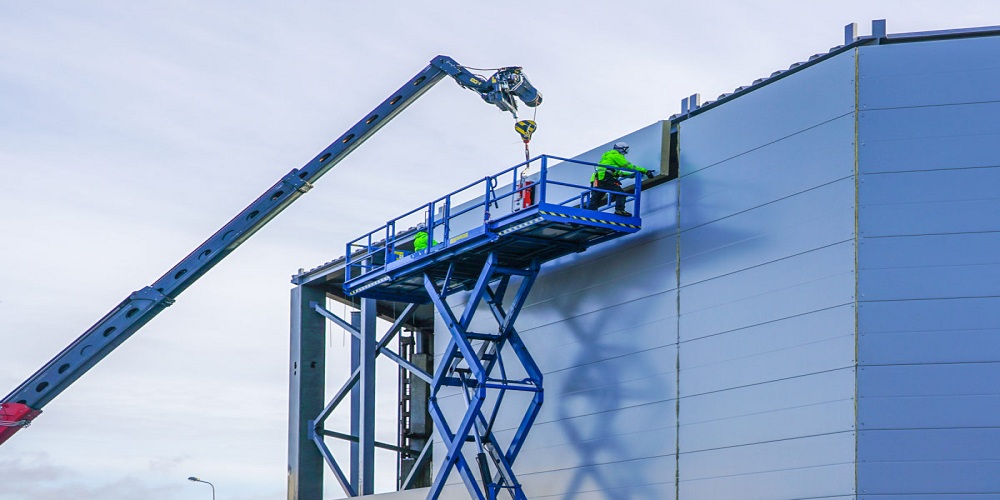According to a freshman, there are two best ways to lift heavy masses; scissor lifts and forklifts. Both of these lifts are known for their different but unique advantages. But here we are going to talk about the scissor lifts, a bit about their construction, and their working mechanism.
Do you want to know about these lifts in detail? If yes! Then stay with us!
Scissor lifts are compact and safest lifts that consist of three main parts; actual scissor linkage, topper, and powering mechanism. Other than powering mechanism remaining parts are the same in all types of scissor lifts.
Structural Advantage of Scissor Lifts
The main structural advantage of scissor lifts is that they have a sturdy framework for support with the hydraulic elements that are stably and strongly linked together. These lifts are not only compact but also easy to operate.
That is why these lifts are ideal for personal and commercial uses like hospitals, large storage, manufacturing companies, etc.
Scissor Lift Working Principle
A scissor dock lift is a machine that is used to lift and drop objects. These lifts consist of a large flat platform that is attached to two horizontal beams. The axis of rotation can be upraised or pulled down by a hydraulic system and controlled from inside the vehicle cabin using levers.
The lever makes moving heavy objects much easier, unlike ropes or chains. This type of equipment is ideal for large storeroom applications where flexibility is important. However, a few types have some disadvantages over others, like noise in hydraulic pumps and electric sources for electric lifts.
How do Scissor Lifts Work?
Scissor lifts are a type of industrial equipment that can be used for lifting and moving heavy materials. They come in various sizes, depending on how much weight you want to lift and how high your workspace needs to be raised.
Scissor lifts are used in many fields, including construction, mining, and transportation industries. Still, they’re also used in manufacturing facilities where there’s a need for frequent lifting items like pallets/containers.
Scissor Lift Design
Scissor lifts are designed to be used in industrial or commercial settings. The platform height is typically between 10 and 30 feet above the ground, depending on the scissor lift you need. They have a maximum platform weight capacity of 16 tons (14 tonnes) and can carry up to 50 tons (45 tonnes).
The most common design for this type of equipment has an overhead arm that connects two vertical ‘support arms’ at either end of the base frame. These support arms are joined by hydraulic cylinders, which allow them to move back and forth together. So, they can move objects between them at different heights when needed by workers who may be standing around working on another task nearby but not directly underneath where they’re holding onto something heavy themselves!
Conclusion
You might find it easier to operate the scissor lifts, but it’s not. This article consists of the general working mechanism of lifts but lacks the precise details which are unable to understand without practice. So, for safe use of scissor lifts, ensure to be a professional and start operating them.

